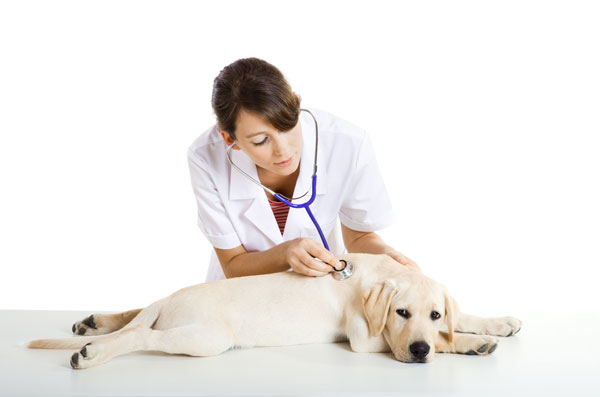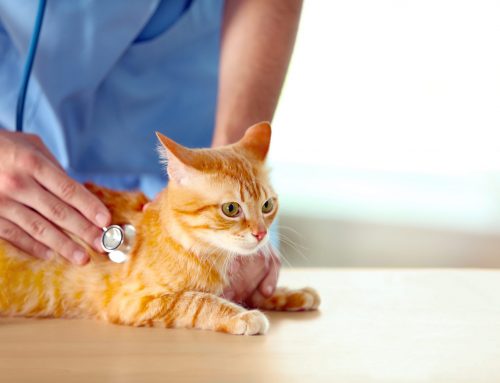Is your production potential limited by the size of your current veterinary office? It sounds like you may be ready to expand your clinic and grow your business.
 Expanding a veterinary practice is an important decision that involves countless, time-sensitive moving parts. For over 20 years, Cirrus Consulting Group has been helping doctors safely and thoughtfully prepare for their office expansion projects. Use our guide to prepare for your new business venture, armed with the knowledge critical to take your business operations to the next level.
Expanding a veterinary practice is an important decision that involves countless, time-sensitive moving parts. For over 20 years, Cirrus Consulting Group has been helping doctors safely and thoughtfully prepare for their office expansion projects. Use our guide to prepare for your new business venture, armed with the knowledge critical to take your business operations to the next level.
STEP 1: Define Objectives & Create the Plan
Is your potential for revenue capped by the size of your current facility? Strategically thinking about why you need to expand will help define your goals and execute a plan of action.
STEP 2: Analyze the Terms in Your Current Veterinary Office Lease
After outlining your goals, it’s time to analyze the details in your current clinic lease to ensure they will allow you to carry out your expansion plans without obstacles. Contact the veterinary office leasing experts at Cirrus Consulting Group to help you with this important step. A leasing expert will help you review and decipher the complex language within the lease to ensure you are fully protected when you approach your landlord with your plans.
Important Considerations in Your Current Lease:
STEP 3: Choosing the Right Team
Putting together a team of capable and trusted professionals is critical to a smooth and successful expansion project. Assemble a reliable team of financial advisers, office designers, builder/contractors and contact your equipment suppliers and technology specialists at Henry Schein Animal Health.
STEP 4: Review and Negotiate the Offer to Lease for the New Space

Once you’ve gotten the go-ahead on the additional space from your landlord, you’ll be presented with either a lease agreement, Offer to Lease (OTL), or Letter of Intent (LOI). An OTL or LOI is the short form of the office lease that mainly addresses economic terms such as rental rates, fixturing periods, start dates, length of term, “options to renew” etc.
Ideally you will be presented with one lease agreement that binds both spaces into one contract; however, that is typically not the case. It is advantageous to the landlord to have two separate leases (with different lease expiration dates) as it will make it more difficult and complicated for you, the tenant, to negotiate renewals or end your tenancy with the landlord at the appropriate time.
Your veterinary office lease negotiator will work with you to review the contract and create a negotiation strategy for improving the terms in your favor.
STEP 5: Planning Your New Office Design
Once the LOI/OTL has been negotiated, it’s time to start planning your new office design. Veterinary professionals differentiate themselves in today’s competitive market by offering clients an attractive office environment that enhances the client’s experience. A modern and contemporary office design with upgraded veterinary technology will communicate to clients that you offer superior patient care; setting you apart from the rest.
Contact your veterinary supply Territory Manager and Office Designer at Henry Schein Animal Health to begin planning your new space. To ensure your expansion project stays on track, request timelines from your designing, building, and equipment team for the work.
Design Items to Consider:
 STEP 6: Negotiate the Details in the Veterinary Office Lease
STEP 6: Negotiate the Details in the Veterinary Office Lease
The lease is a much more in-depth contract, than the OTL or LOI, that landlords use as a tool to make as much money from you as they can by enforcing clauses that allow them to reap proceeds of your practice sale or raise your rent.
Considerations in the Lease:
STEP 7: Finalize Designs, Finish Construction, Open Doors!
Work with your design team to confirm the layout and design of your office and to finalize budgets. Confirm equipment orders, acquire appropriate permits and schedule the construction of your office build-out. Begin construction, renovations, and the delivery and installation of veterinary equipment. Once complete, prep your team, stock the office, apply the finishing touches, and open your doors!
About Cirrus
Cirrus Consulting Group helps veterinary professionals achieve favorable terms and rental rates in their office leases. We review the lease for risks and problem areas and develop a customized negotiation strategy to help our clients secure a lease that aligns with their goals and promotes practice protection, security, and success.
Click here to download this blog as a white paper.
Questions about your veterinary office lease?
Schedule your personalized consultation with an expert below.




